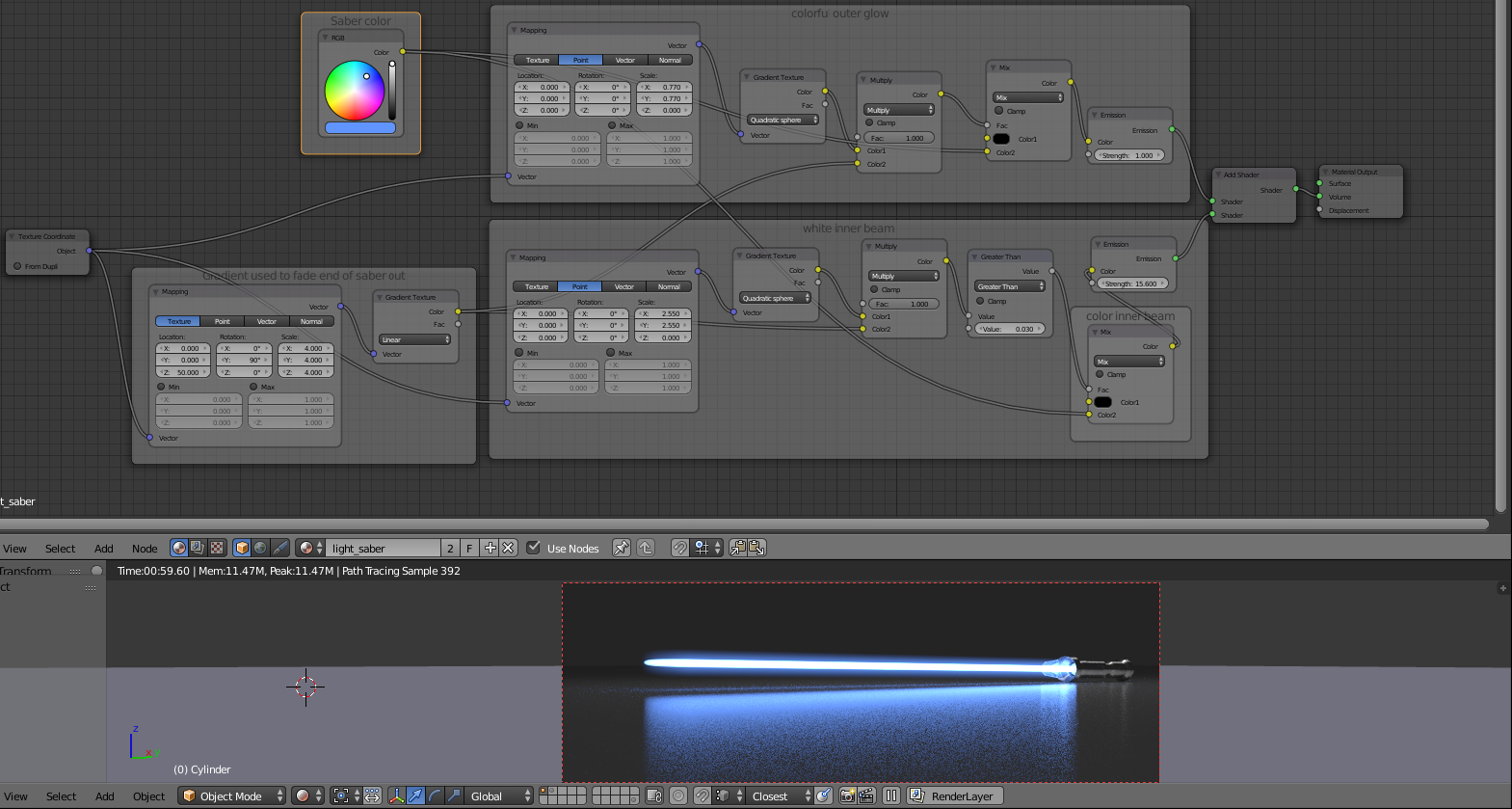What would be a way to create a glow in Blender. For that purpose I've been always using the compositor. However, that is pixels work, which means it is a 2d work. To make a 3d one, do I have to use particles, nodes or maybe some simulator? Because the compositor deals with images, which will make the glow to be out of perspective (flat). is there a way to make a glow with depth in Blender? Here is what I mean (If we assume that the blue color is a glow, it is clear that like other objects it is part of the perspective of the 3d view, which means that it has depth) -

And if possible, how to make one in cycles?














